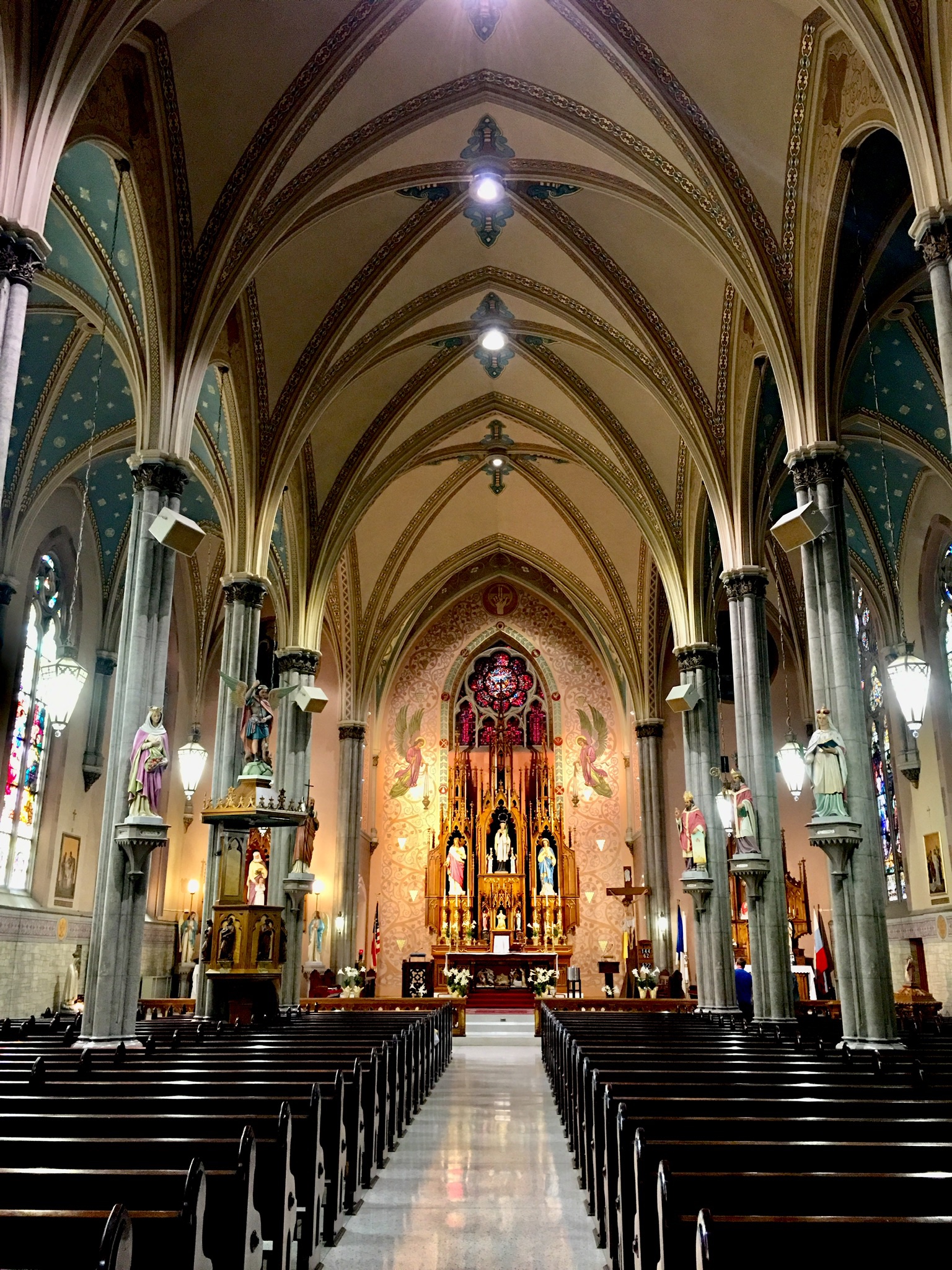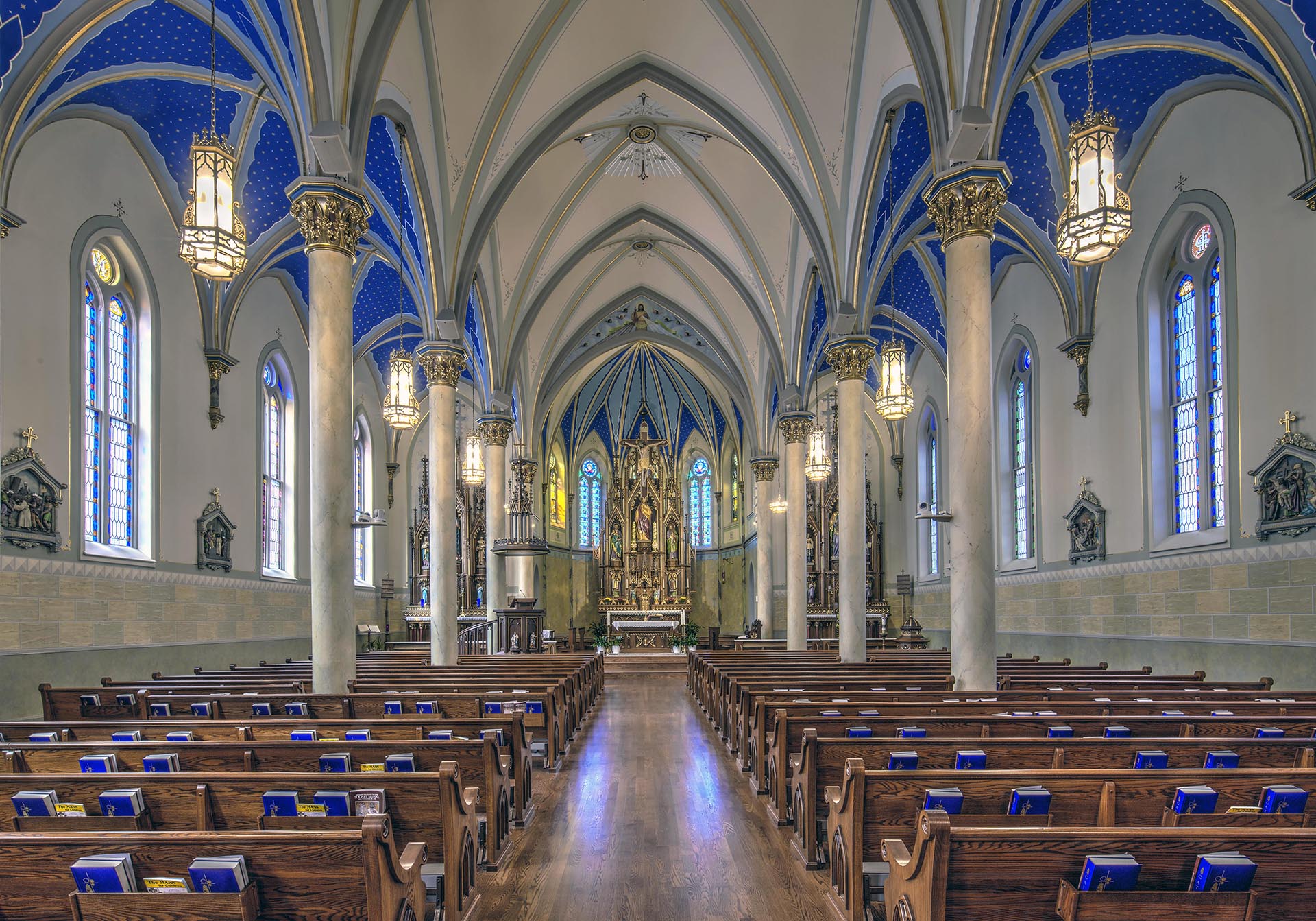
Introduction
Adolphus Druiding was a significant architect in the late 19th and early 20th centuries, known for his contributions to ecclesiastical architecture in the United States. His works, primarily consisting of church buildings, stand as testaments to his skill and innovation in architectural design.
Early Life and Education
Druiding was born May 29, 1838, in Aschendorf, a province of Hanover, Germany. He studied at the Secondary School in Papenburg and at the Polytechnic School in Munich where he graduated with honors. He worked briefly at a French architect’s office and then entered government service in Munich. After this he studied in Berlin under Strach, Adler and Local. He built one church in Schoenwalde and was employed erecting government stations in the Netherlands. He migrated to the United States in the mid-19th century, where he established himself as a reputable architect.
Career Highlights
Druiding's architectural career flourished in the United States, where he became renowned for designing religious buildings. His works are predominantly found in the Midwest, particularly in the states of Illinois and Indiana.
-
St. Francis Xavier Cathedral (1885) in Green Bay, Wisconsin: One of Druiding's most notable works, this cathedral showcases his Gothic Revival style, characterized by pointed arches, intricate tracery, and ribbed vaults.
-
Holy Name Cathedral (1874) in Chicago, Illinois: Druiding was involved in the rebuilding of this cathedral after the Great Chicago Fire of 1871. His work contributed significantly to the Gothic Revival architecture present in the structure.
-
St. Michael's Church (1873) in Old Town, Chicago: This church is another example of Druiding's Gothic Revival style, featuring a towering steeple and ornamental details.
St. Louis Churches:
-
St. John of Nepomuk Church
-
St. Agatha’s Church
-
The Shrine of St. Joseph
-
St. Alphonsus Liquori Church
Architectural Style and Influence
Druiding favored the Gothic Revival style, evident in the pointed arches, ribbed vaults, and flying buttresses that adorn many of his buildings. His work is characterized by a meticulous attention to detail and a deep commitment to creating spaces that are both aesthetically pleasing and spiritually uplifting.
Legacy
Adolphus Druiding's contributions to ecclesiastical architecture have left a lasting impact on the American architectural landscape. His buildings continue to be celebrated for their beauty and structural ingenuity, serving as places of worship and historical landmarks.
Druiding passed away in 1899, but his legacy lives on through the many churches and cathedrals he designed. His influence can be seen in the continued popularity of the Gothic Revival style in religious architecture across the United States.
St. Joseph’s Novitiate, Motherhouse and Orphanage
The cornerstone was set for St. Joseph Novitiate, Orphanage and Motherhouse in 1917. The Sisters of Mercy chose Druiding’s or his associates architectural plans for their building in Webster Groves after he passed.
Bibliography
-
Historical Society Records on Adolphus Druiding
-
Architectural Digest: Notable Architects of the 19th Century
-
Church Archives of Gothic Revival Architecture
The interiors of other St. Louis and Missouri churches designed by Adolphus Druiding show the similarities to our chapel.



